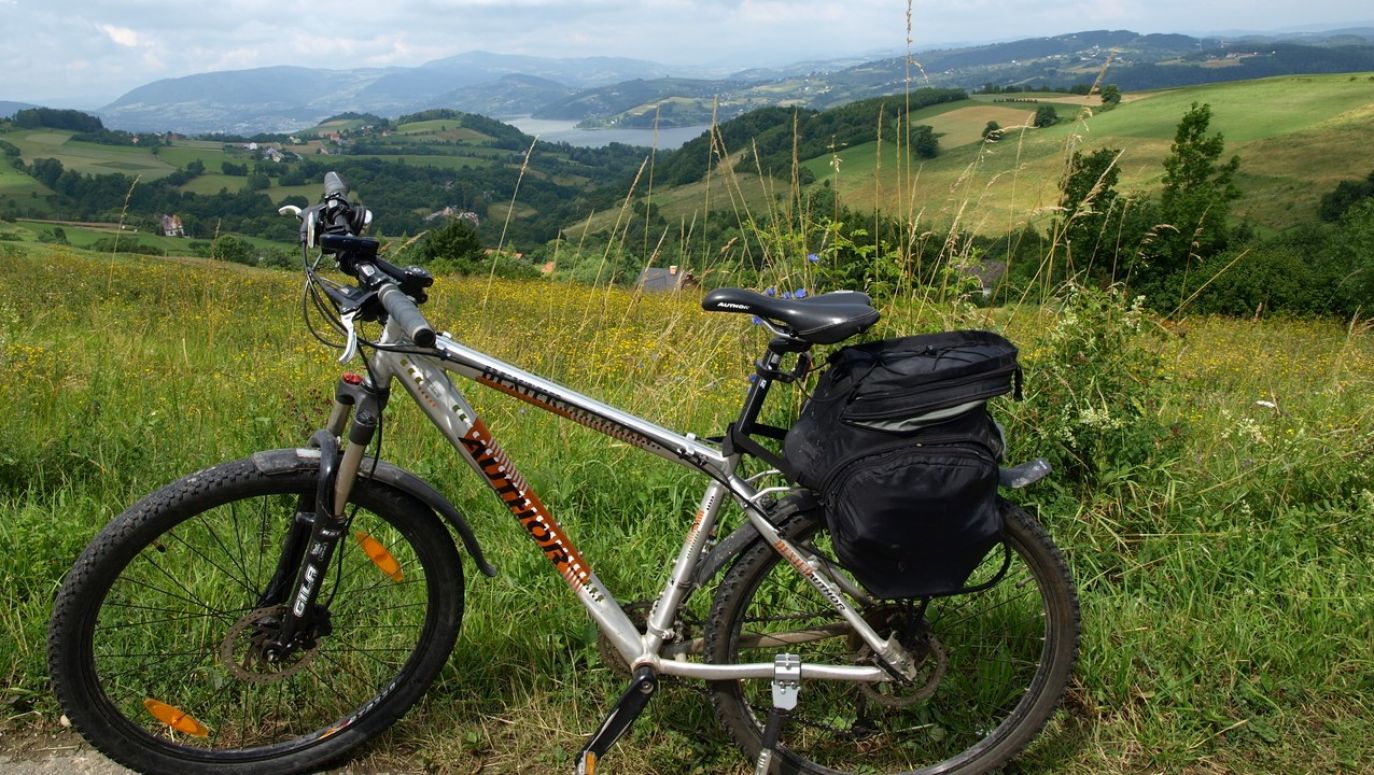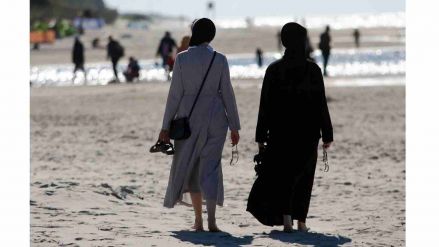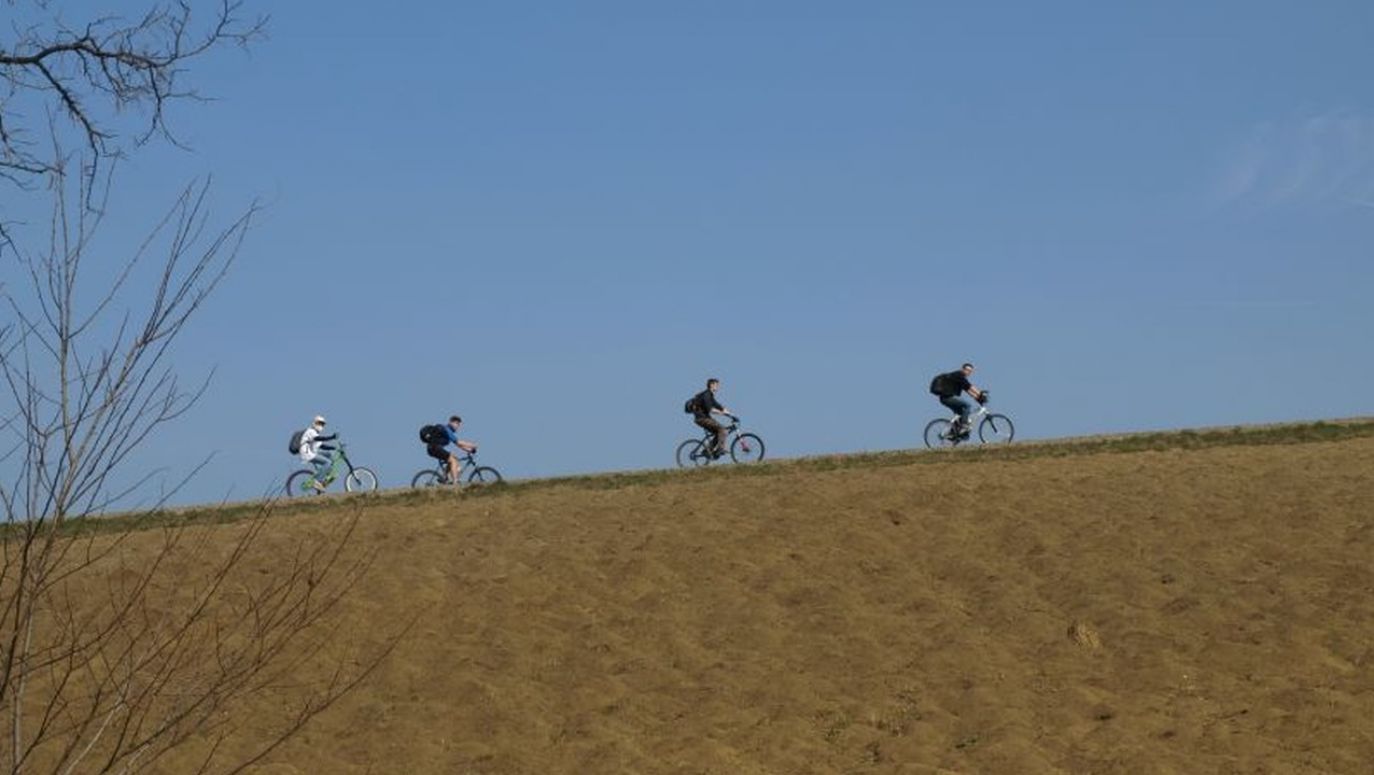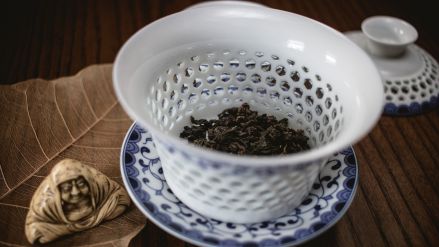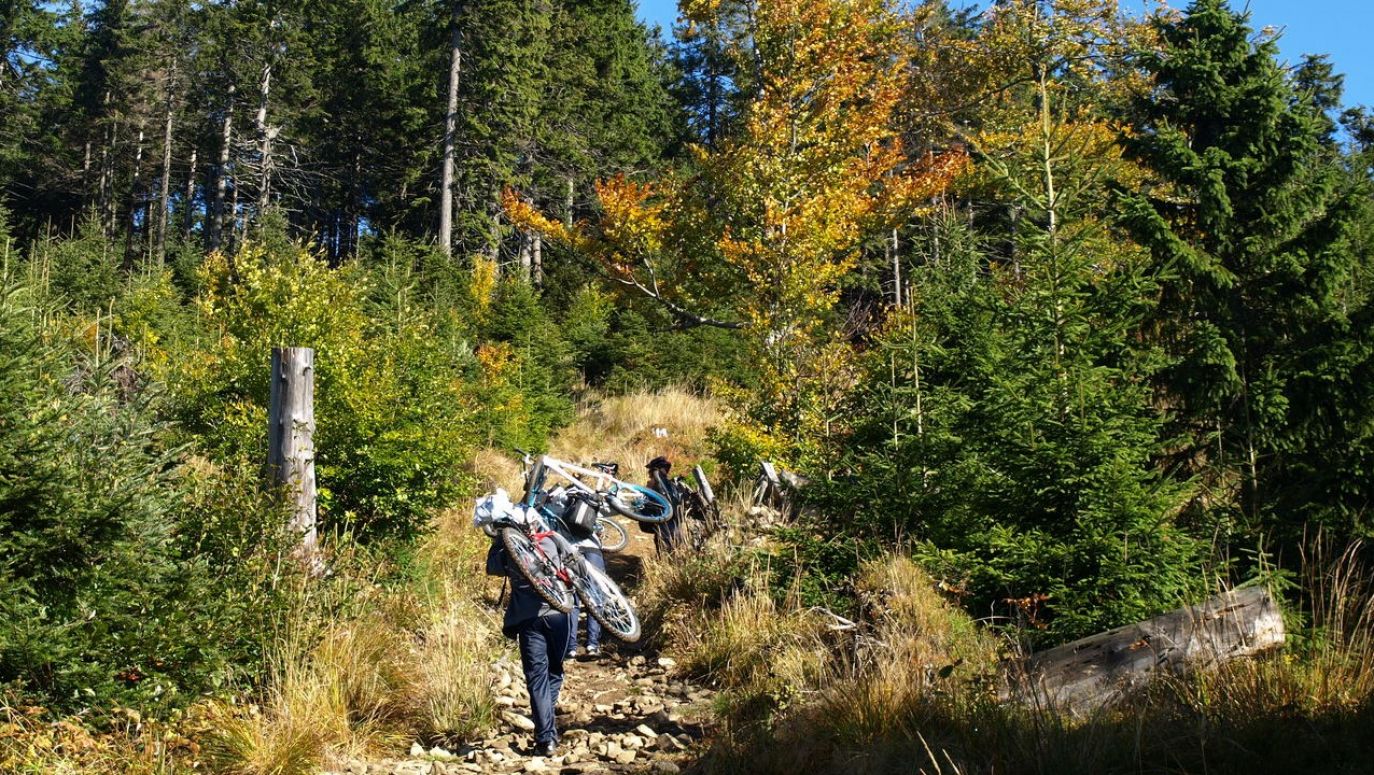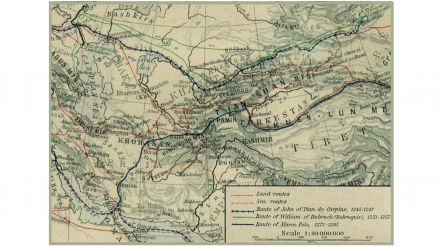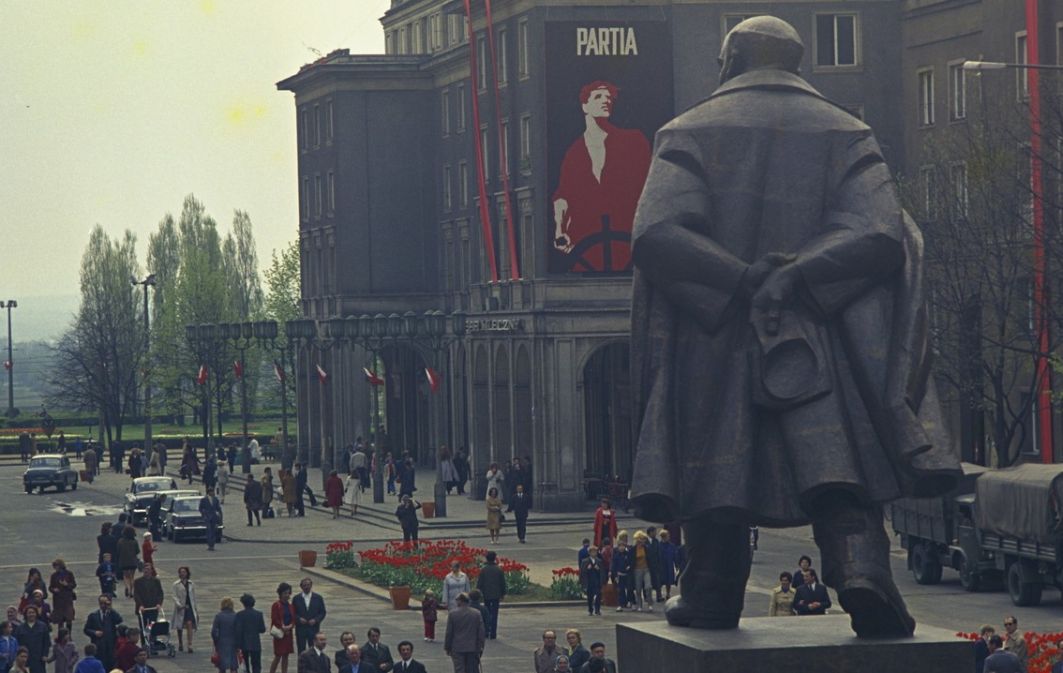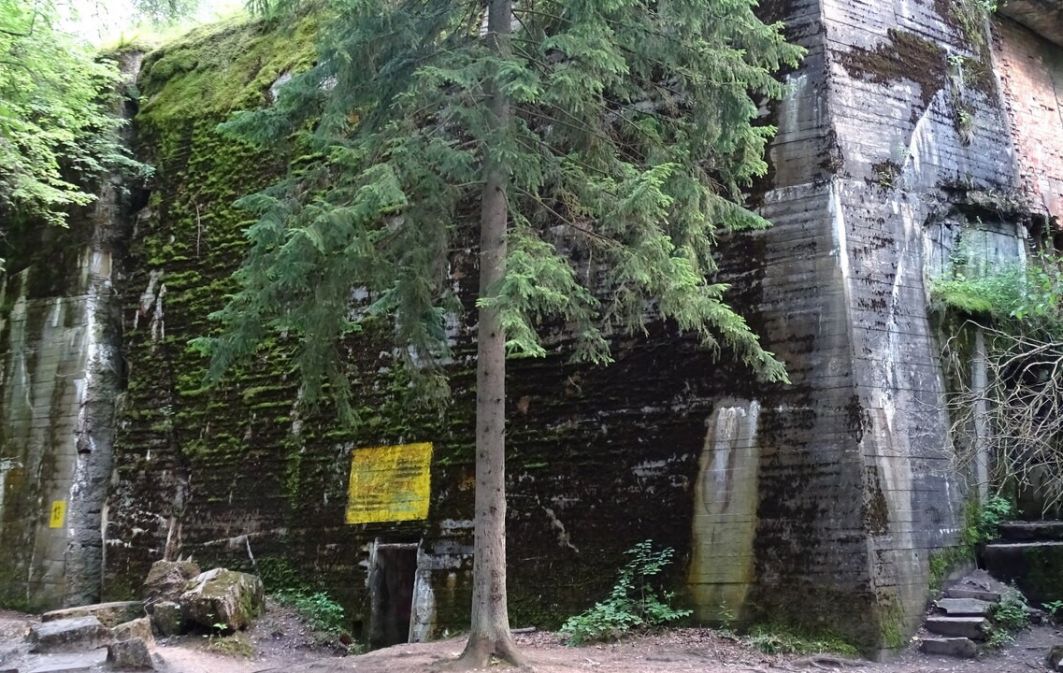We pass a car park on the right, the first buildings begin. We arrive at the bay and the last public transport stop. We are in Gaboń, a fairly large village, with houses stretching along the ridge to the left, all the way to the Gołkowice-Łazy Brzyńskie road. The next village is Skrudzina. We pass the primary school building and the right turn to Moszczenica (we get to know it during another trip) and enter Gołkowice Górne. The Jaworzynka valley ends, and the vast flat area is the Dunajec valley. Typical urban development begins, on the right we pass a large, modern building of a primary and middle school and we reach a well-known fork from where we set off for Łazy Brzyńskie a few hours earlier. The loop is closed, and we can return to the starting point along the known route.
Cyclists really have a lot to choose from. Just in the Małopolska region there are 900 km of routes available, mainly as part of the VeloMałopolska bicycle project, and routes such as: the Polish section of the Trail Around the Tatras, the Route around Lake Czorsztyn or VeloKrynica.
It is indeed heartening, but also not surprising. Year by year, cycling tourism is becoming more and more popular. It can be done anywhere and at every time of year.
VeloMałopolska is a total of eight routes that reach the most important places in the region. Among other places, they lead through the Pieniny and Tatra Mountains and the Niepołomice Forest. Local paths and bicycle routes connect to these routes. Most importantly, the majority of the routes are on roads with little or no car traffic. There are also mountain bike trails of varying degrees of difficulty. There is also a fairly well developed infrastructure for mountain biking, including its extreme Enduro and Downhill variants.
Bicycle routes in Małopolska have already connected such important centers as Oświęcim, Kraków, Tarnów, Nowy Sącz, Nowy Targ and Zakopane. The expansion is still ongoing, so you need to check current maps.
For example, you can ride across the region from south to north along VeloDunajec. The length is over 230 kilometers. The route starts in Zakopane, then it runs almost entirely along the Dunajec River. On the way, it crosses the trail around the Tatra Mountains, traverses Nowy Targ and reaches Lake Czorsztyn, where it partially overlaps with VeloCzorsztyn (about 45-60 km of the trail) – a loop around Lake Czorsztyn, where there is a view of the reservoir, Czorsztyn Castle, Niedzica and the dam. Further, in Sromowce Niżne, the route runs across the border bridge over the Dunajec River and heads to the Slovak side through the Dunajec River Gorge, where it joins the Aquavelo trail for several kilometers. Then it leads to the Pieniny National Park, where you can admire rafting trips and peaks while you’re riding: Trzy Korony and Sokolica. From Szczawnica, the bicycle trail runs past Beskid Sądecki, towards Stary and Nowy Sącz. The trail officially ends in Wietrzychowice, a small town near Tarnów. There it connects with the Vistula Bicycle Route, which enables further cycling. The Małopolska section is over 200 km long, at the European EuroVelo standard, so an international bicycle route. This is the highest standard of bicycle paths. There is a hardened surface, wide enough to allow the passage of bicycles with two-wheeled trailers. It’s very comfortable, with clear markings. The entire route along the banks of the Vistula River to the Baltic Sea will ultimately be 1,200 km long.
As you can see, the cycling infrastructure is growing quite fast. I believe that one day we will be able to say: “Poland is all about the bike”.
- In conversation with Monika Chrobak, Polish Radio journalist
TVP WEEKLY. Editorial team and journalists
–Translated by Nicholas Siekierski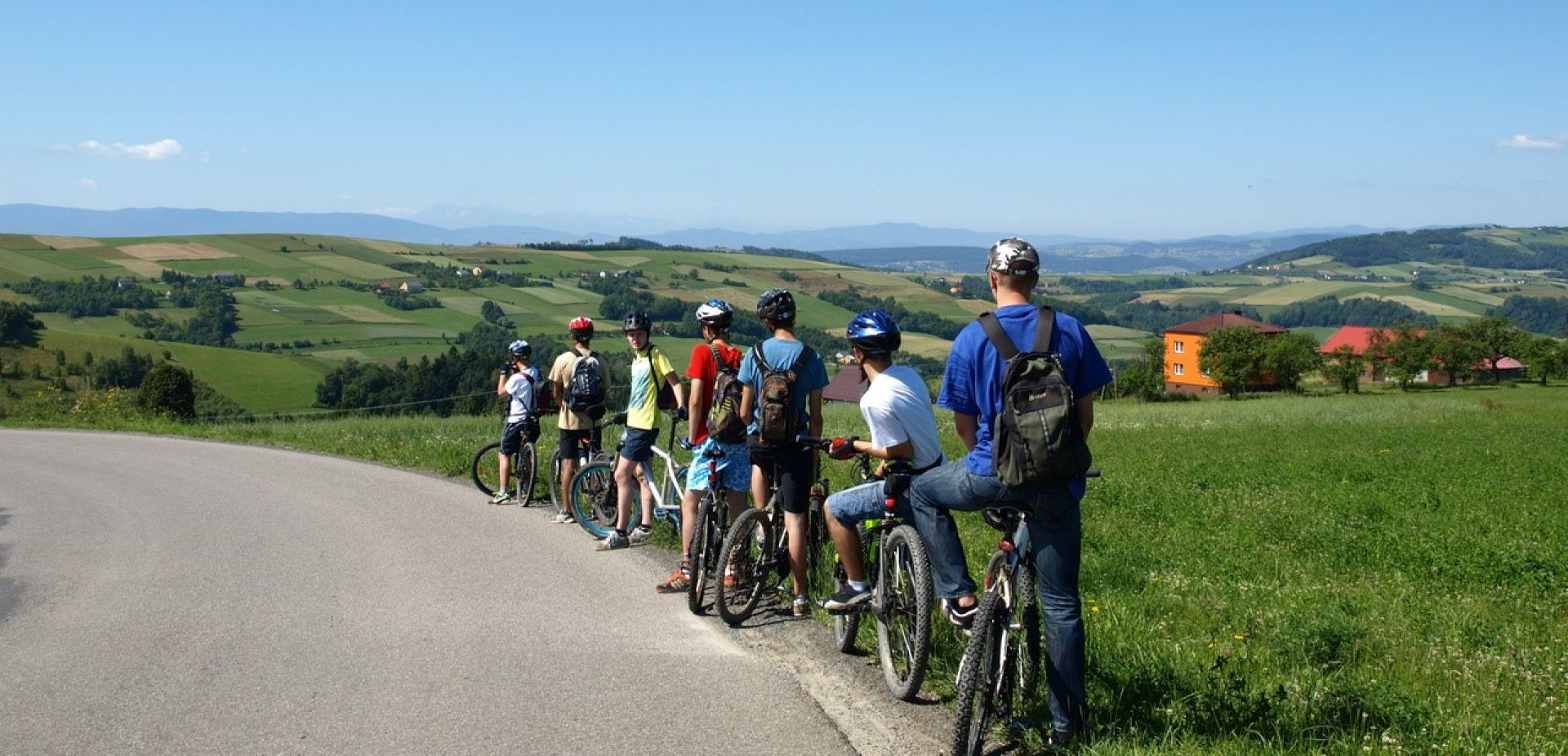
 SIGN UP TO OUR PAGE
SIGN UP TO OUR PAGE 
